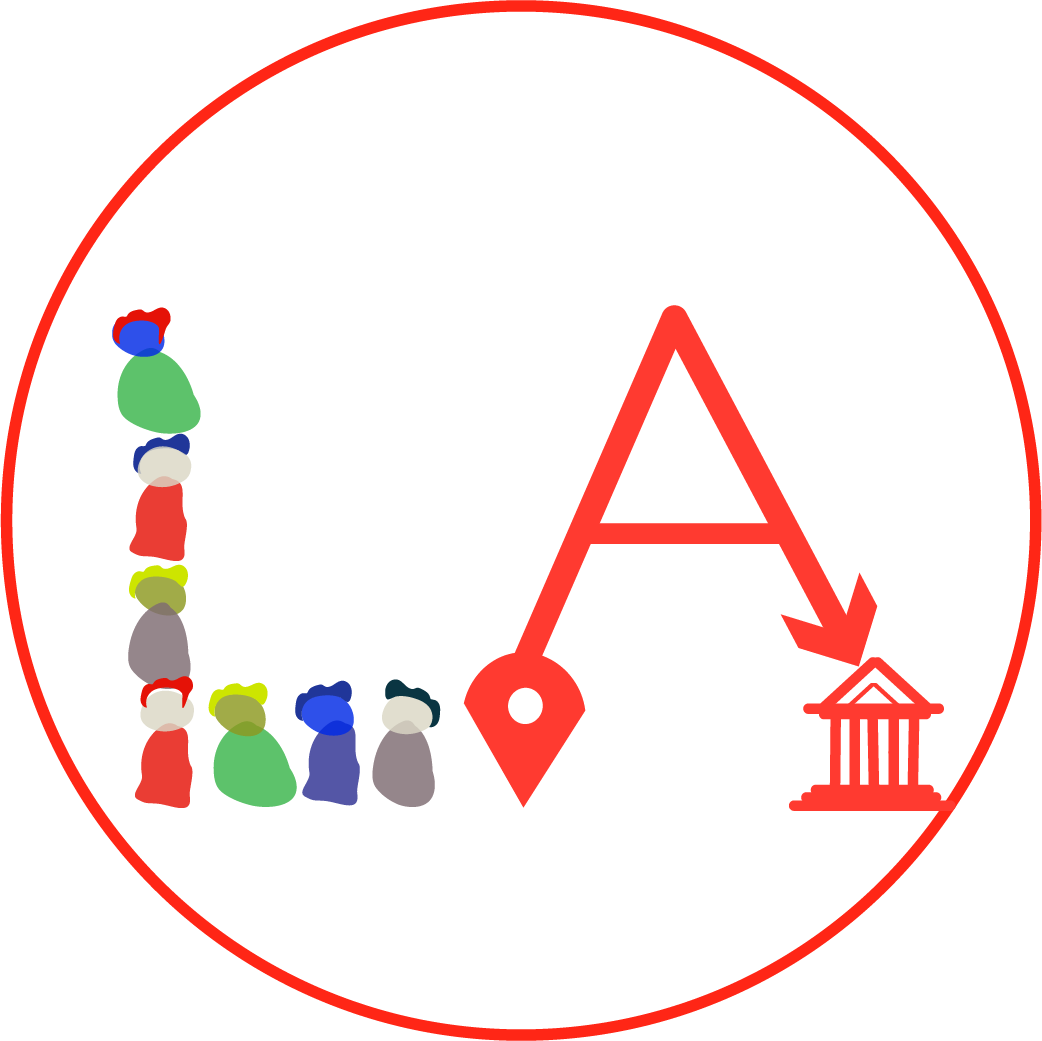Astronomical heritage is any heritage linked to the night skies. Astronomy is a fundamental element of human history, evolution and society. During the last decade, there is an increase in efforts to recognise, preserve and promote astronomical cultural heritage, especially in policy development.
This category is broad and concerns tangible, intangible and documentary heritage items identifying:
- a place of astronomical value
- scientific activity
- sociocultural applications
aka landscapes, heritage sites associated with astronomy observation and study(observatory), scientific objects (telescopes), archives, traditions, indigenous knowledge, cosmology, religion, etc.
As with all heritage definitions, several values surround astronomical heritage, however, it is imperative to understand that the night sky and celestial objects are part of our natural heritage. Identifying and associating values with astronomical heritage is not as straightforward as other heritage types, especially concerning authenticity and integrity. For instance, let’s take an observatory, some of its’ evident values are architecture, skyline, history, recognition as a monument and scientific. Technological innovations help science progress consequently the equipment and structure of the observatory are subject to constant improvement and change. Therefore, the traditional understanding of authenticity and integrity does not apply in this sense, calling for further research.
Archaeoastronomy and ethnoastronomy are two disciplines related to the development and study of astronomical cultural heritage with the “International Society for Archaeoastronomy and Astronomy in Culture” (ISAAC) promoting interdisciplinary collaboration in the field. Contemplating the future of astronomical heritage, we must take a look at our relationship with astronomy today. Countless projects, satellites and agencies work toward mapping the universe, space travel and exploration, that enormous amounts of data, which one day will be part of our heritage. Inventories and standards are at the top of the “To do list” for past and future collections.
Moreover, astronomical heritage is tied to environmental sustainability as light pollution and satellites negatively impact our view and study of the Sky. For example, initiatives to protect the night sky from light pollution and over-tourism, New Zealand has in place a lighting ordinance of 50km around Mount John.
Several notable projects spring up beyond the policy documents and instruments developed by the leading world heritage institutions, as The Hubble Heritage project images and documentation gathered by the Hubble telescope are available to view online.
Our take (my)
Living in big cities we often forget the impact the night sky has on our life and our connection with our ancestors. While science has gifted us with an unimaginable understanding of the celestial bodies, the sense of wonder and exploration is unchanged for millennia. Developments in policy, conservation efforts and technology as AI will help address the issues around astronomical heritage protection. For one, in my personal experience looking at the night sky is my most relevant connection to the past and my ancestors. Just recently around 9:00 pm, I looked out the window and realised that I can see Mars because it is April ( visible only in Autumn and Spring in my region), the association between the planet and the season was instantaneous in my mind, which derives chiefly from the human experience with the night sky. We all share our personal experiences, beliefs and connection with astronomy and so, we should ensure a clear view.
I want to learn more:
Understanding the Impact of Satellite Constellations on Astronomy
International Society for Archaeoastronomy and Astronomy in Culture
Preservation of Our Astronomical Heritage by James Lattis, Wayne Osborn, Jennifer Lynn Bartlett, Elizabeth Griffin, Thomas Hockey, Stephen McCluskey, Terry Oswalt, Alexei A. Pevtsov, Sara Schechner, and Virginia Trimble
Notable initiatives
The Ancient Skies project—human cultures and their skies by Rüdiger Schultz and Doris Vickers; webpage Ancient-Skies
Ps: “just shower thoughts” Imagine the Star Wars Senate debating whether the Death Star should not be destroying planets because they are part of the galactic natural heritage.

